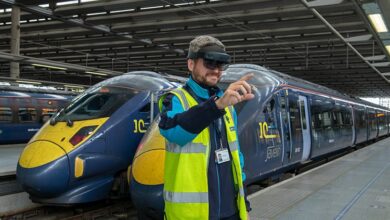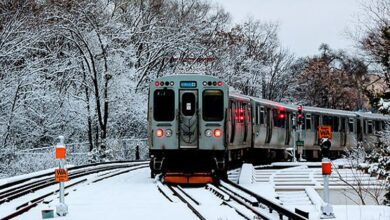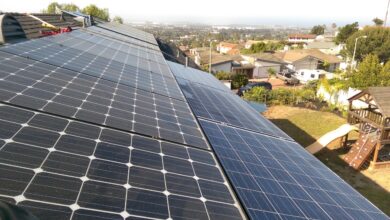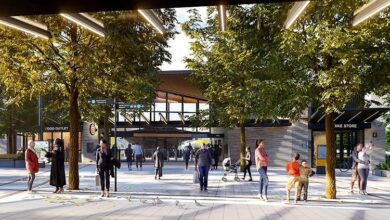Yosemite National Park Adopted Ford F-150 Lightning EVs… Sort Of
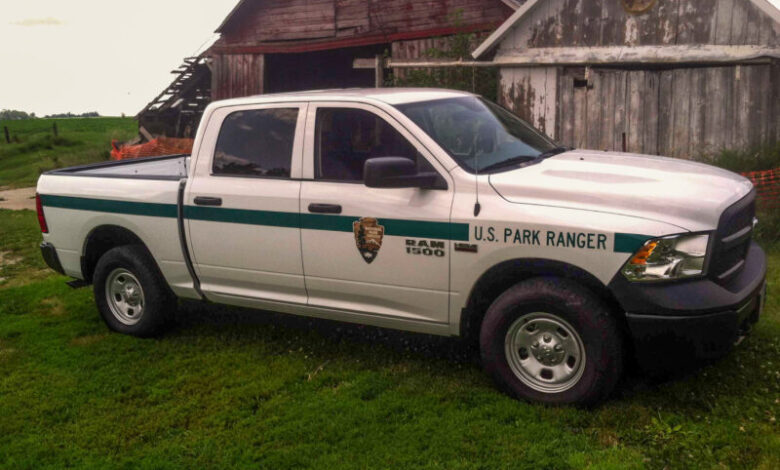
Sign up for daily news updates from CleanTechnica on email. Or follow us on Google News!
There’s nothing like going out to enjoy the great outdoors. The clean air, the beautiful views, the different pace of life, and the connection with nature can be not only a fun, but a healing experience. But when you drive a diesel pickup out there pulling a triple-axle trailer, park it in a campground, fire up a noisy generator, and get the propane stove and oven going, it can kind of start to defeat the point.
When the people working in and visiting beautiful places rely more heavily on fossil fuels than people in the noisy and busy city, it starts to become an exercise in destroying nature in the attempt to enjoy it.
So, it’s refreshing when we see something like this:
The Yosemite NPS owns an F-150 Lightning! pic.twitter.com/5O4BsdSnj0
— Joseph (@ScarantinoX) September 23, 2024
For those unfamiliar, this is an F-150 Lightning electric truck. Externally, it has the same body as the F-150 gas and hybrid versions. But, underneath the cab and bed, there’s a very different frame with battery modules between the rails for safety. Instead of a gas engine under the hood, there’s a massive frunk. The vehicle is moved by front and rear drive units between the wheels, mounted transversely in the midst of independent suspensions.
In other words, it’s a very normal pickup truck that happens to be electric, offers power plugs for emergencies, job sites, and campsites, and has more storage!
During 2024, a number of different people on X/Twitter, reddit, and EV forums have spotted this electric truck and at least one of its siblings marked as belonging to “Yosemite National Park.” This, of course, makes EV fans visiting Yosemite excited, because their passion for both EVs and national parks came together in a beautiful and fun way. Who doesn’t love that.
There’s A Little More To This Story
Seems like a pretty simple story, right? Yosemite National Park bought some EVs. EVs are awesome. National parks are awesome. Everything is awesome.
But, there’s a little more going on here. If you’re familiar with National Park Service vehicles, they generally aren’t marked anything like the vehicle in the picture. Instead of having a green stripe (sometimes blue, sometimes no stripe) and the arrowhead NPS badge on the door, this vehicle simply says “Yellowstone National Park.”
Official park vehicles also tend to have federal government plates (the federal government issues plates to itself, and almost never uses state-issued plates), and eagle-eyed people on social media have noticed that these Lightnings have California commercial plates. So, is this some sort of weird, rabid national park fan who is LARPing as a park ranger? Did they start their own company called “Yellowstone National Park” to better pose as a park ranger??
It turns out that the vehicle is not owned by the National Park Service, but the company that owns these is allowed to represent itself as Yellowstone National Park.
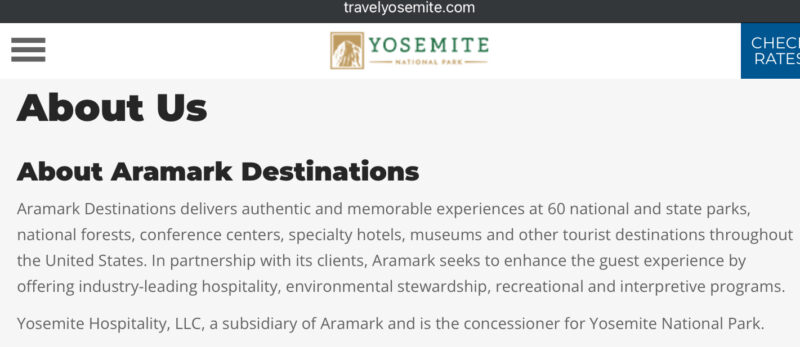
The trucks in question are owned by Aramark, the company that has a contract with the National Park Service to provide concessions in the park. By concessions, sometimes I mean they sell snacks, but usually the company runs restaurants, hotels, campgrounds, gift shops, and just about anything not done by a park ranger or other uniformed NPS employee directly. Here in the United States, we’re comfortable with the government owning the park, but it’s often seen as a form of communism if they try to make a buck running a business of some kind. So, they farm that out to somebody else who can extract some shareholder value from the place.
Before we get too deep into politics, policy, and philosophies of government, let’s get back to EVs. Every park has a concessioner (Aramark does this for a number of other parks), and the concessioners do a lot of important work so that we can enjoy the parks. Whether the Park Service or the concessioners should be doing it is a question for Congress and maybe the courts, but no matter who the people get their paychecks from, they’ll need to be driving vehicles around to provide these services.
Really, it’s just great to see that the work of running part of the park is being done with an EV, even if Aramark could have gotten away with hybrids or straight-up gas-powered F-150s.
If This Can Work At The Parks, What’s Everyone Else’s Excuse?
Not every park is out in the wilderness. Some parks (Hot Springs National Park is a great example) are right in town where private infrastructure can cover EV drivers’ needs. But overall, parks tend to be further out from the beaten path and away from the big city (or even a medium-sized one).
There’s a persistent myth out there that EVs don’t work away from the big city. This was true 100 years ago during the first EV era, and it was often true in 2010-2013 when most EV charging infrastructure was in larger metro areas. Sure, in those days, people still did cross-country trips to prove a point, but it wasn’t easy.
That these trucks can do the same work as the gas-powered ones that were there before shows us that this myth isn’t true. If there’s any power at all nearby, EVs can work great. They don’t need DC fast chargers in every parking space, just a simple 240v station that pulls as much power as a clothes dryer will do. With 200+ miles of range, and a full battery pack every morning when people go to work, the trucks do the job just fine.
Even trips away from the park are fine, especially in California. Need to send someone to go pick up some supplies in town? There’s plenty of range to do that without charging. Need to send someone to a conference or to do business at another park? Most places have plenty of infrastructure for the truck to drive almost anywhere.
When you see a company or some joker who wants to drive a pickup to work in a cubicle tell you that an EV won’t do the job for them, show them that Yosemite has EVs doing important work without skipping a beat. Unless they’re doing something very unusual or can’t plug the vehicle in at night, there’s no excuse.
Featured image by Ford.




